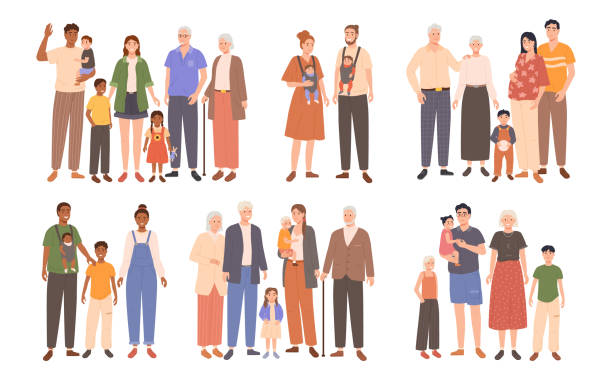Family structures are evolving worldwide, with more people experiencing diverse living arrangements at older ages. This “greying of family diversity” is driven by increasing divorce, remarriage, and cohabitation in later life. While these changes reflect greater social diversity, they also pose significant challenges for public health and care systems.
Key demographic trends in family diversification highlight the need for policy responses:
- Divorce rates among older adults are steadily increasing in many European countries, reshaping family biographies.
- Unmarried cohabitation, remarriage, and step-grandparenthood are becoming more common throughout the Global North.
- In the Global South, rising rates of divorce, cohabitation, and extramarital childbearing signal emerging patterns of family diversity that will have long-term implications for ageing populations.
To effectively respond to the challenges posed by the greying of family diversity, policymakers should consider the following strategies:
- Promote research on family behavior and health.
- Foster cross-departmental collaboration to identify at-risk groups early using reliable health and family behavior indicators for targeted interventions.
- Utilize data from longitudinal studies that track changes in family structures and living arrangements alongside health determinants.
- Adapt successful policies from countries with similar challenges to local contexts.
To learn more about the trends, challenges, and policy recommendations surrounding this issue, explore the detailed policy briefing authored by ECPD Directors Michaela Kreyenfeld and Paul Gellert: Read the full briefing here.
